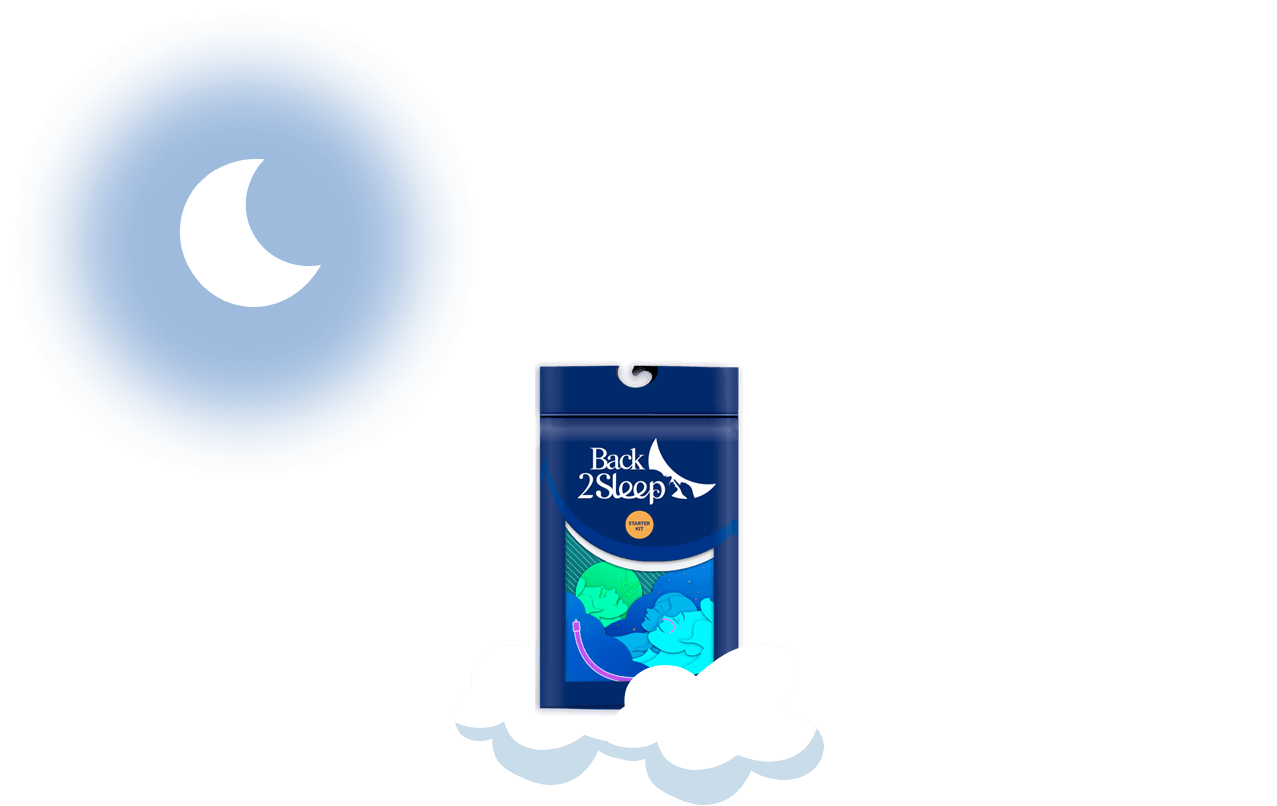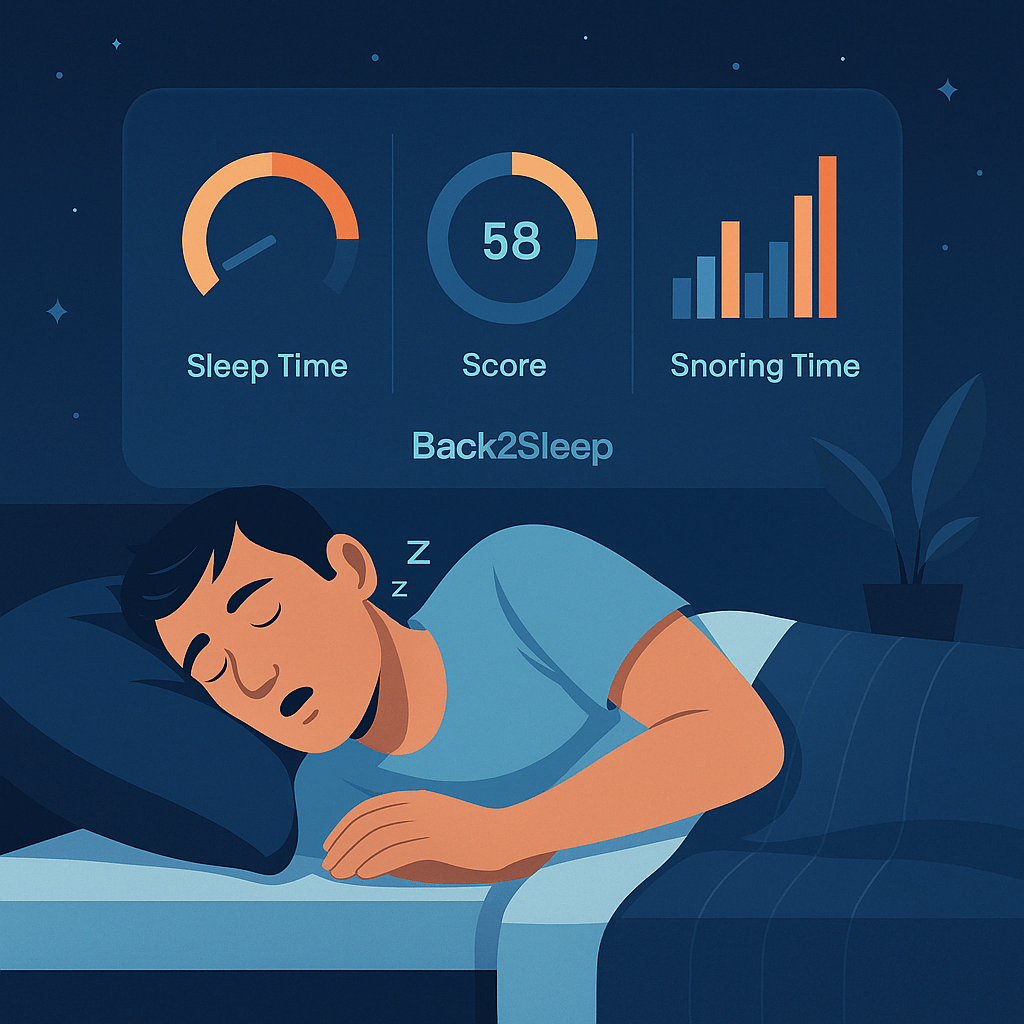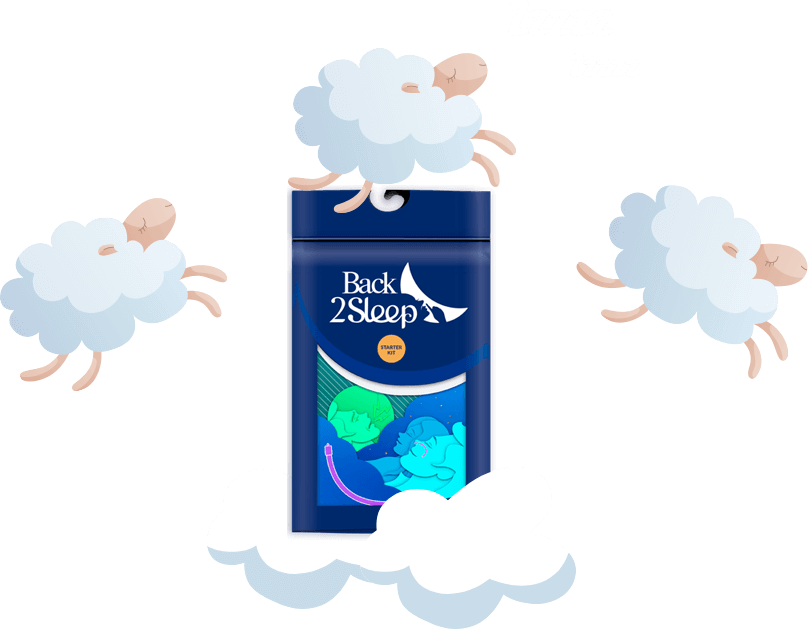Allergic Rhinitis: Complete Guide to Symptoms, Causes & Effective Solutions
Struggling with constant sneezing, runny nose, and nasal congestion? Discover proven treatments and innovative solutions to reclaim your breathing comfort and quality of life today.
If you're suffering from persistent sneezing, nasal congestion, and itchy eyes, you may be experiencing allergic rhinitis—a condition affecting millions worldwide that occurs when your immune system overreacts to harmless environmental substances. The good news? Multiple effective treatment options exist, from antihistamines and nasal corticosteroids to innovative nasal devices, that can dramatically reduce your symptoms and restore your daily comfort. Whether you're dealing with seasonal pollen allergies or year-round indoor allergens, understanding your specific triggers and treatment pathways is the first step toward breathing easier and sleeping better.
Allergic rhinitis represents an exaggerated immune response to substances like pollen, dust mites, pet dander, and mold spores. When these allergens enter your nasal passages, your body mistakenly identifies them as dangerous invaders, triggering the release of histamine and other inflammatory chemicals that cause the uncomfortable symptoms you experience daily.
Quick Reference: Allergic Rhinitis at a Glance
| Key Aspect | Essential Information |
|---|---|
| What is allergic rhinitis? | Excessive immune system reaction to environmental allergens causing inflammation |
| Main types | Seasonal (hay fever from pollens) or persistent (year-round from mites, animals) |
| Primary symptoms | Repetitive sneezing, stuffy/runny nose, nasal itching, watery eyes |
| Common triggers | Tree/grass/weed pollens, house dust mites, pet dander, mold, cockroaches |
| Risk factors | Family history, early allergen exposure, environmental pollution, smoking |
| Diagnostic methods | Skin prick tests, blood IgE assays, nasal provocation challenges |
| Treatment options | Antihistamines, nasal corticosteroids, decongestants, immunotherapy, nasal devices |
| Can it be cured? | Chronic condition; symptoms manageable with proper treatment approach |

Understanding the Two Primary Types of Allergic Rhinitis
Seasonal Allergic Rhinitis (Hay Fever)
Seasonal allergic rhinitis, commonly referred to as "hay fever," occurs during specific times of the year when certain plants release their pollen into the air. This condition follows predictable patterns, typically returning annually during the same seasonal windows.
🌸 Seasonal Allergen Timeline:
Spring months (March-May): Tree pollens dominate, including birch, oak, maple, ash, cedar, and olive trees that blanket outdoor spaces with fine allergenic particles.
Summer period (June-August): Grass pollens take center stage, with species like timothy, couch grass, rye grass, and cocksfoot grass causing widespread reactions.
Autumn season (September-November): Herbaceous plant pollens including ragweed, mugwort, thistle, and sorrel trigger late-season symptoms.
The hallmark characteristic of this intermittent form is that symptoms—including frequent sneezing bursts, clear nasal discharge, and significant nasal blockage—only manifest during active pollination periods of the triggering plants. Many sufferers also experience itchy, watery eyes and allergic conjunctivitis as companion symptoms.
Persistent (Perennial) Allergic Rhinitis
In stark contrast, persistent or perennial allergic rhinitis affects sufferers throughout the entire year, regardless of season. This continuous form results from ongoing exposure to indoor environmental allergens that maintain a constant presence in living spaces.
House Dust Mites: Microscopic creatures thriving in bedding, upholstered furniture, and carpets, feeding on dead skin cells and producing allergenic proteins in their waste.
Animal Dander: Proteins found in pet skin flakes, saliva, and urine from dogs, cats, rodents, and other household animals that become airborne.
Mold Spores: Fungal particles released in damp environments like bathrooms, basements, and areas with water damage or poor ventilation.
Cockroach Allergens: Proteins from cockroach body parts, saliva, and feces particularly problematic in urban environments and multi-unit dwellings.
Unlike the seasonal pattern, nasal symptoms including obstruction, discharge, and repetitive sneezing alongside ocular manifestations remain constant throughout the year, though their intensity may fluctuate based on the degree of allergen exposure in different environments.

Recognizing Allergic Rhinitis Symptoms: A Comprehensive Breakdown
Nasal and Respiratory Manifestations
The primary symptoms of allergic rhinitis target the nasal passages and upper respiratory system, creating significant daily discomfort:
Paroxysmal Sneezing: Sudden, repetitive sneezing episodes occurring in rapid succession, often triggered immediately upon allergen exposure.
Rhinorrhea: Profuse, watery, clear nasal discharge that flows freely, requiring constant tissue use and causing social embarrassment.
Nasal Obstruction: Significant congestion making breathing through the nose difficult or impossible, particularly problematic during sleep.
Nasal Pruritus: Persistent, intense itching sensation inside the nasal passages causing constant rubbing and the characteristic "allergic salute."
Anosmia: Temporary reduction or complete loss of smell affecting taste perception and food enjoyment during symptomatic periods.
These manifestations occur due to inflammatory responses in the nasal mucosa when allergens like pollen, dust mites, or animal proteins are inhaled, triggering immune cells to release histamine and other inflammatory mediators.
Ocular (Eye-Related) Symptoms
Allergic rhinitis frequently extends beyond the nose to cause uncomfortable eye symptoms that significantly impact quality of life:
- Allergic Conjunctivitis: Red, inflamed, swollen eyes with visible blood vessels and puffiness around the eyelids.
- Excessive Lacrimation: Watery, teary eyes that blur vision and require frequent wiping throughout the day.
- Ocular Itching: Intense, persistent urge to rub the eyes, which paradoxically worsens inflammation and irritation.
- Foreign Body Sensation: Gritty, sandy feeling as though something is stuck in the eye despite no visible particle.
- Photophobia: Increased sensitivity to bright light causing discomfort in well-lit environments or outdoors.
These eye-related manifestations result from histamine release causing inflammation of the ocular conjunctiva—the thin membrane covering the white part of the eye and inner eyelid surfaces.
Systemic and Secondary Symptoms
Beyond nasal and ocular symptoms, allergic rhinitis often triggers broader health impacts affecting overall wellbeing:
Additional symptoms frequently include:
⚡ Chronic Fatigue: Persistent tiredness and low energy resulting from poor sleep quality and constant immune system activation
⚡ Headaches and Facial Pressure: Pain across the forehead, cheeks, and behind the eyes due to sinus congestion
⚡ Throat Irritation: Scratchy, sore throat from postnasal drip and mouth breathing when nasal passages are blocked
⚡ Dry Cough: Persistent non-productive cough triggered by throat irritation and mucus drainage
⚡ Sleep Disruption: Difficulty falling asleep, frequent night wakings, and non-restorative sleep from nasal obstruction
⚡ Cognitive Impairment: Reduced concentration, memory problems, and decreased work/school performance
⚡ Respiratory Complications: Wheezing, chest tightness, and breathing difficulties in cases with coexisting asthma
When symptoms persist without adequate management, complications can develop including sinusitis (sinus infections), otitis media (middle ear infections), and worsening of pre-existing sleep apnea conditions.

Allergic Rhinitis by the Numbers
Why Choose Back2Sleep for Nasal Congestion Relief
Clinically Validated
CE-certified medical device with over 92% user satisfaction rate and documented effectiveness in clinical studies showing immediate symptom relief from night one.
Superior Comfort
Crafted from soft, medical-grade silicone that's dermatologically tested, offering four customizable sizes to perfectly match your unique nasal anatomy.
Silent & Portable
No masks, no machines, no noise—completely discreet solution that's invisible during use and fits easily in luggage for uninterrupted relief while traveling.
Cost-Effective
Affordable alternative to expensive CPAP machines with subscription options starting at €35/month and free delivery, making quality sleep accessible.

Root Causes and Risk Factors: What Triggers Allergic Rhinitis?
Primary Allergen Culprits
The main allergens responsible for triggering allergic rhinitis span both outdoor and indoor environments, creating year-round exposure risks:
Tree Pollens: Released primarily in spring (March-May) from birch, oak, cedar, pine, maple, ash, and elm trees creating widespread airborne allergenic particles.
Grass Pollens: Dominating summer months (June-August) including timothy, Kentucky bluegrass, Bermuda grass, rye grass, and orchard grass species.
Weed Pollens: Autumn allergens (September-November) especially ragweed, mugwort, sagebrush, pigweed, tumbleweed, and lamb's quarters.
House Dust Mites: Microscopic arachnids living in bedding, mattresses, pillows, carpets, and upholstered furniture thriving in warm, humid environments.
Animal Allergens: Proteins in pet dander (dead skin flakes), saliva, urine, and sebaceous gland secretions from cats, dogs, horses, rodents, and birds.
Mold Spores: Indoor molds like Cladosporium, Penicillium, Aspergillus, and Alternaria thriving in damp basements, bathrooms, and water-damaged areas.
Food Allergens: Cross-reactivity from peanuts, tree nuts, milk proteins, eggs, soy, wheat, fish, and shellfish causing oral allergy syndrome.
Cockroach Particles: Body fragments, saliva, and fecal matter containing potent allergens particularly prevalent in urban apartment buildings.
These otherwise harmless environmental substances are mistakenly identified as dangerous invaders by the immune system of allergic individuals, triggering an exaggerated inflammatory cascade involving IgE antibodies, mast cells, and histamine release.
Key Risk Factors Increasing Susceptibility
Several factors significantly increase the likelihood of developing allergic rhinitis throughout life:
- Genetic Predisposition: Family history of allergies, asthma, or eczema increases risk by 50-70% when one parent is affected, and up to 80% when both parents have allergies.
- Early Allergen Exposure: Repeated contact with high levels of allergens during infancy and early childhood sensitizes the developing immune system.
- "Hygiene Hypothesis": Overly sterile environments limiting microbial exposure in early life may impair proper immune system development and tolerance.
- Birth Season: Being born during high pollen seasons increases sensitization risk to prevalent seasonal allergens.
- Dietary Factors: Western diets high in processed foods, trans fats, and low in omega-3 fatty acids and fresh produce correlate with increased allergy rates.
- Environmental Pollution: Exposure to vehicle exhaust, industrial emissions, cigarette smoke, and volatile organic compounds damages respiratory mucosa and enhances allergen potency.
- Secondhand Smoke Exposure: Passive smoking, especially during childhood, significantly increases allergy and asthma development risk.
- Occupational Exposures: Certain professions involving flour, latex, chemicals, or laboratory animals carry heightened sensitization risks.

Accurate Diagnosis: Identifying Your Specific Allergen Triggers
Proper diagnosis of allergic rhinitis requires comprehensive evaluation combining clinical history, physical examination, and specialized allergy testing to pinpoint exact triggers. Learn more about how allergy tests work and what to expect.
Skin Prick Testing (SPT)
Skin prick tests represent the gold standard for allergy diagnosis, involving the application of tiny amounts of purified allergen extracts to the patient's forearm or back skin surface.
How Skin Testing Works:
The allergist places small drops of different allergen solutions on marked spots on your skin, then gently pricks through each drop with a sterile lancet. After waiting 15-20 minutes, the test sites are examined for reactions. A positive reaction appears as a raised, red, itchy bump (wheal) surrounded by a reddened area (flare), indicating sensitization to that specific allergen.
Advantages: Results available immediately, highly sensitive and specific, cost-effective, can test multiple allergens simultaneously (typically 10-50 substances), minimal discomfort.
Important considerations: Antihistamines, certain antidepressants, and some other medications must be discontinued 3-7 days before testing to avoid false-negative results. Not suitable for patients with severe eczema, dermographism, or those unable to stop antihistamine therapy.
Blood Tests (Specific IgE Measurement)
Specific IgE blood tests (formerly called RAST tests, now typically ImmunoCAP assays) measure the concentration of allergen-specific antibodies circulating in your bloodstream.
A simple blood draw is sent to the laboratory where serum is exposed to various allergen panels. Results indicate sensitization levels on a scale from 0 (negative) to 6 (very high positive) for each tested allergen.
Advantages: No need to discontinue medications, single blood draw tests multiple allergens, no risk of allergic reaction, suitable for patients with skin conditions or those unable to undergo skin testing, can be performed on infants and young children.
Limitations: More expensive than skin testing, results take several days, slightly less sensitive than skin prick tests, may show sensitization without clinical relevance.
Nasal Provocation Testing
In complex or unclear cases, allergists may perform nasal provocation challenges to confirm suspected allergen-symptom relationships that remain uncertain after skin or blood testing.
This procedure involves directly administering the suspected allergen into one nostril while measuring objective nasal responses including airflow, secretions, and symptom development over 20-30 minutes.
When nasal provocation is used: Discrepancy between test results and clinical symptoms, suspected occupational rhinitis, research studies, evaluation of novel allergens not available in standard test panels.
Safety note: Performed only in specialized allergy centers with emergency equipment available, as it carries a small risk of severe allergic reactions.

Comprehensive Treatment Strategies: From Medications to Medical Devices
First-Line Medication: Antihistamines
Antihistamines work by blocking histamine receptors, preventing this inflammatory chemical from causing allergic symptoms. Available in multiple formulations including oral tablets, nasal sprays, and eye drops.
Second-generation antihistamines (cetirizine, loratadine, fexofenadine, desloratadine) are preferred because they're non-sedating and provide 24-hour relief with once-daily dosing.
✅ Effectively relieves: Sneezing, nasal itching, runny nose, eye itching and watering
❌ Less effective for: Nasal congestion and blockage
💊 Best for: Mild-to-moderate symptoms, intermittent use, quick symptom relief
Most Effective Option: Nasal Corticosteroids
Intranasal corticosteroid sprays (fluticasone, mometasone, budesonide, triamcinolone) are considered the most effective single treatment for moderate-to-severe allergic rhinitis.
These medications directly reduce inflammation in the nasal mucosa, providing comprehensive symptom relief including congestion—the symptom most resistant to antihistamines.
Key benefits: Control all nasal and some eye symptoms, minimal systemic absorption, excellent safety profile with long-term use, available over-the-counter in many countries, once-daily dosing.
Important usage tips: Maximum benefit requires regular daily use for 1-2 weeks, proper spray technique (aim away from nasal septum) prevents side effects like nosebleeds, can be safely combined with antihistamines for enhanced relief.
Short-Term Relief: Decongestants
Nasal decongestant sprays (oxymetazoline, phenylephrine) and oral decongestants (pseudoephedrine) provide rapid relief of severe nasal congestion by constricting blood vessels in the nasal tissues.
⚠️ Critical Warning: Nasal decongestant sprays should NEVER be used for more than 3 consecutive days due to risk of rebound congestion (rhinitis medicamentosa)—a condition where nasal congestion worsens after stopping the medication, creating dependency.
Oral decongestants may cause side effects including elevated blood pressure, rapid heartbeat, insomnia, and nervousness. Not recommended for patients with hypertension, heart disease, glaucoma, or prostate problems.
Disease-Modifying Treatment: Allergen Immunotherapy
Allergen immunotherapy (allergy shots or sublingual tablets/drops) represents the only treatment capable of modifying the underlying immune response and providing long-lasting symptom reduction even after treatment completion.
This approach involves administering gradually increasing doses of the specific allergen to desensitize the immune system and shift from an allergic to a tolerant response.
Subcutaneous immunotherapy (SCIT): Allergy shots administered by healthcare providers, typically weekly initially then monthly, over 3-5 years. Effective for pollen, dust mites, animal dander, and mold allergies.
Sublingual immunotherapy (SLIT): Allergen tablets or drops dissolved under the tongue at home daily. FDA-approved tablets available for grass pollen, ragweed, and dust mites. More convenient but may cause mouth itching.
Best candidates: Severe persistent symptoms not controlled by medications, desire to reduce long-term medication use, confirmed IgE-mediated allergy to unavoidable allergens, willingness to commit to long treatment duration.
Innovative Solution: Nasal Stents and Medical Devices
For patients whose allergic rhinitis contributes to chronic nasal obstruction, snoring, or mild sleep apnea, innovative nasal devices like Back2Sleep offer a non-pharmaceutical approach to maintaining open airways.
The Back2Sleep intranasal stent is a CE-certified medical device consisting of a soft silicone tube inserted into one nostril that extends to the soft palate, physically preventing airway collapse during sleep.

Back2Sleep: Revolutionary Nasal Device for Better Breathing
The Back2Sleep intranasal orthosis represents a breakthrough for individuals suffering from chronic nasal congestion, snoring, and mild-to-moderate obstructive sleep apnea—conditions often worsened by allergic rhinitis.
Product Features and Benefits
Clinically Validated Effectiveness: Over 92% user satisfaction rate with immediate results documented from the first night of use, backed by clinical studies.
Superior Comfort Design: Crafted from medical-grade, skin-friendly silicone that's dermatologically tested to minimize irritation during extended wear.
Silent and Discreet: No external mask or noisy machines—practically invisible during use, ideal for couples and social situations.
Travel-Friendly Portability: Compact packaging fits easily in luggage without requiring electricity or distilled water like CPAP machines.
Quick 10-Second Insertion: Simple to use without complex setup procedures—insert, sleep better immediately.
Customizable Sizing: Four different lengths (S, M, L, XL) adapt to individual nasal anatomy for optimal comfort and effectiveness.
Easy Maintenance: Simple 2-minute wash cycle with mild soap and water—no special cleaning equipment required.
Cost-Effective Solution: Significantly less expensive than CPAP machines and ongoing replacement supplies, with flexible subscription options.
Available Product Options
| Product Option | Price | What's Included | Best For |
|---|---|---|---|
| Starter Kit | €39 | 4 tubes (S, M, L, XL sizes), water-based lubricant, usage manual | First-time users wanting to find perfect fit |
| Individual Box | €39 | 2 tubes of chosen size, lubricant, instruction manual | Users who know their optimal size |
| Monthly Subscription | €35/month | Monthly delivery of 2 tubes, free shipping | Regular users wanting convenience |
| Annual Subscription | €299/year | 12 monthly shipments (~€24.91 per unit) | Best value for committed long-term users |
Shipping details: Standard shipping €5 to France, variable rates for other European countries. 48-hour express delivery available. 15-day return policy for customer satisfaction guarantee.
Device lifespan: Each tube lasts approximately 15 days with proper nightly use and care before requiring replacement for optimal hygiene and effectiveness.

Real Experiences from Verified Users
"My wife was almost wanting to sleep in a separate room because of my snoring. Since using Back2Sleep, she can finally get a full night's rest, and our relationship has improved dramatically."
"I often travel between cities by train and can now sleep whenever I want to without worrying about disturbing other passengers with my snoring. It's been life-changing for my work travel."
"Since I can now sleep well, I feel less drowsy during the day. I can maintain my concentration while driving, which is essential for my job safety."
"At first, I didn't particularly like the product and felt some discomfort, but the more I used it over the adaptation period, the more I started to trust it. Now I can't sleep without it."
"My AHI score was at 27 and I had been using CPAP for 10 years. The mask was uncomfortable and loud. Back2Sleep gave me the freedom I'd been missing."
"I couldn't travel with friends because I was worried about snoring and embarrassing myself. Now I can join overnight trips and sleep on planes without anxiety."
Average rating: 4.8/5 stars from over 1,000,000 devices sold worldwide
Frequently Asked Questions About Allergic Rhinitis

Prevention Strategies and Lifestyle Modifications
While allergic rhinitis cannot be prevented entirely, strategic allergen avoidance and environmental controls can significantly reduce symptom frequency and severity:
For Pollen Allergies (Seasonal Rhinitis)
- Monitor pollen forecasts: Check daily pollen counts through weather apps or allergy websites; limit outdoor activities on high-count days.
- Time outdoor activities wisely: Pollen levels peak during mid-morning to afternoon; exercise outdoors in early morning or evening instead.
- Create a pollen barrier: Wear wraparound sunglasses outdoors; shower and change clothes immediately upon returning home to remove pollen.
- Keep windows closed: Use air conditioning with HEPA filters in home and car during pollen season rather than opening windows.
- Dry laundry indoors: Avoid hanging clothes and bedding outside during pollen season where allergens can accumulate on fabric.
- Nasal rinsing: Use saline nasal irrigation with a neti pot or squeeze bottle to physically flush pollen from nasal passages daily.
For Indoor Allergens (Persistent Rhinitis)
Dust Mite Control: Encase mattresses, box springs, and pillows in allergen-proof covers; wash bedding weekly in hot water (130°F/54°C); reduce bedroom humidity below 50%.
Regular Cleaning: Vacuum carpets and upholstered furniture twice weekly using HEPA-filter vacuum; damp-mop hard floors; reduce dust-collecting clutter.
Pet Allergen Management: Keep pets out of bedrooms; bathe pets weekly; use HEPA air purifiers; consider hardwood flooring instead of carpeting.
Air Quality Control: Run HEPA air purifiers continuously in bedrooms; maintain HVAC filters; ensure adequate ventilation to reduce indoor allergen concentration.
Mold Prevention: Fix water leaks promptly; use dehumidifiers in damp areas (basement, bathroom); clean visible mold with bleach solutions; ensure proper ventilation.
Pest Control: Store food in sealed containers; fix water leaks attracting cockroaches; use integrated pest management strategies; seal cracks and crevices.
Take Control of Your Nasal Health Today
Don't let allergic rhinitis control your life any longer. Whether you're struggling with seasonal pollen allergies, year-round indoor allergens, or the resulting nasal congestion and snoring that disrupts your sleep quality, effective solutions exist to help you breathe better and live better.
Explore our comprehensive library of sleep and respiratory health articles, or contact our expert team for personalized guidance on finding the perfect solution for your unique nasal breathing challenges.








